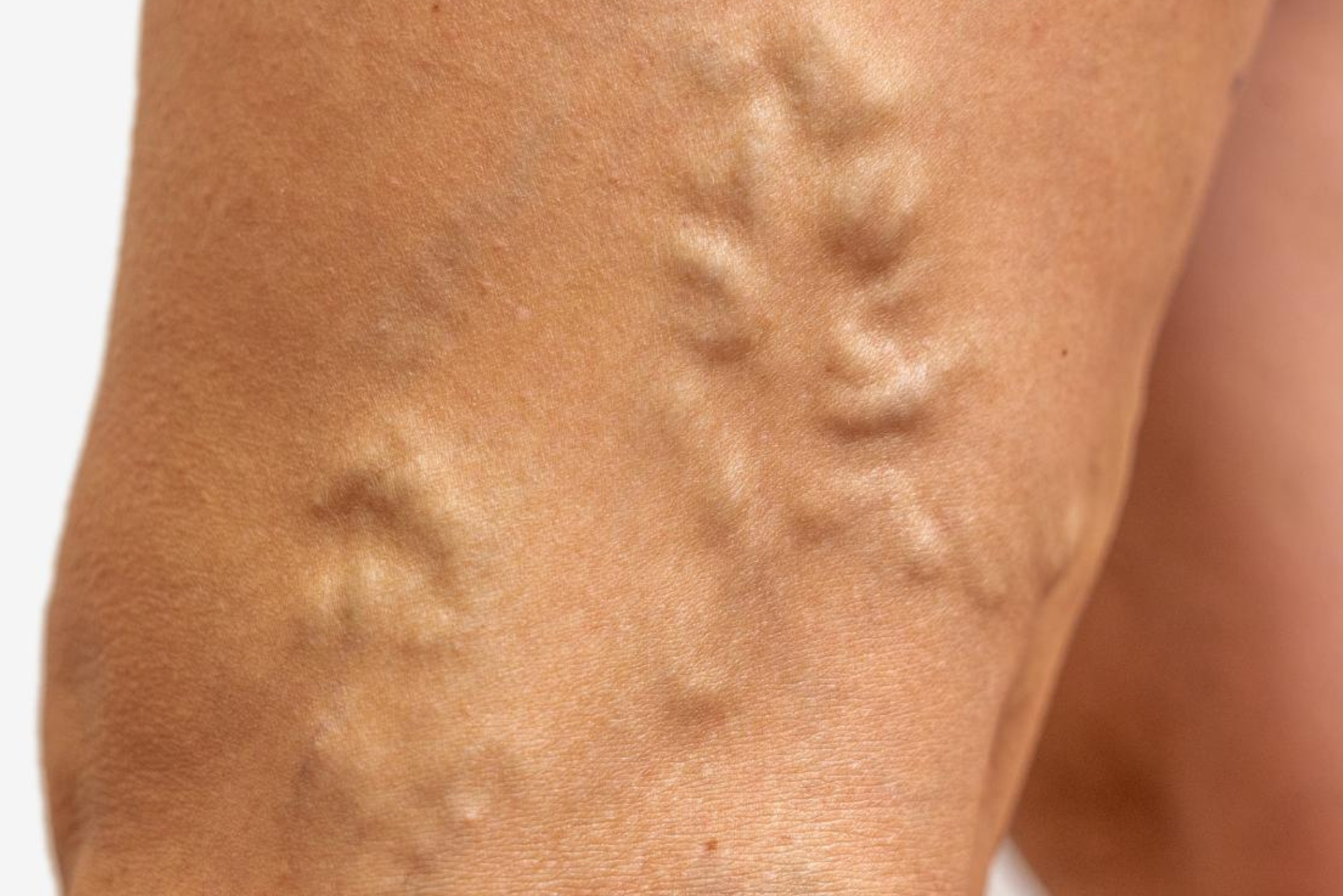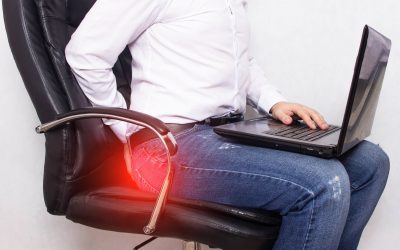

Varicose veins – causes and problems
Varicose veins are a common condition where reversed blood flow results in higher vein pressure that lead to thick and knobbly veins under the surface of the skin, usually on the legs and thighs. Normally, one-way valves in veins keep blood flowing upward towards the heart, against the pull of gravity. When the valves are faulty or the walls of the veins become weakened, some blood may flow back down towards the feet and pool in the leg veins, resulting in varicose veins. People with varicose veins may experience leg swelling, leg pain, leg cramps, heaviness, and fatigue.
Follow us on Telegram for the latest updates: https://t.me/AsiaMDsg
Risk factors for varicose veins
Older people are more prone to varicose veins as the veins lose elasticity over time and the valves can malfunction to become leaky. Women are also more prone to developing varicose veins because they have higher levels of progesterone and estrogen hormones that can cause veins to dilate and become larger, resulting in the valves being pulled apart and causing them to leak.
Pregnancy can bring about varicose veins due to the hormonal changes, in particular the high levels of progesterone. When a woman is pregnant, her blood volume increases and fills the leg veins with more blood. The increasing size and weight of the unborn baby also puts pressure on her pelvic veins and impedes blood flow return from the legs to the heart, causing high vein pressures in her leg veins and stagnation of blood flow, all of which can result in varicose veins. This is also why leg swelling, especially around the ankles and feet, is common during pregnancy.
Most varicose veins that appear during pregnancy may resolve and fade on their own within months after childbirth. However, it is common for them to persist, and they tend to worsen with each subsequent pregnancy. Furthermore, varicose veins may become permanent if the veins or valves are damaged during the pregnancy.
Other risk factors for varicose veins include obesity, smoking, history of surgery on the legs, history of deep vein thrombosis or clots, family history of varicose veins, and occupations that involve prolonged sitting or standing. In a 2018 study of nearly 500,000 people, scientists also found that taller people have a higher risk of varicose veins.
Potential complications
While severe complications from varicose veins are rare, some people may develop varicose eczema, leg ulcers, thrombophlebitis – where veins become inflamed, painful, and clot off – and other conditions. People with varicose veins are also at a slightly higher risk of developing deep vein thrombosis, where a blood clot forms in a vein deep in the leg or thigh. Such clots could break free and travel through the circulatory system, causing severe problems to the lung and heart. This is known as pulmonary embolism. People who experience sudden pain in one or both legs that is associated with swelling and redness – all signs of an acute deep vein thrombosis – should go to a doctor immediately.
This article has been verified medically by Dr John C. Wang, vascular surgeon at Surgi-TEN Specialists, Farrer Park Hospital (Singapore).







0 Comments